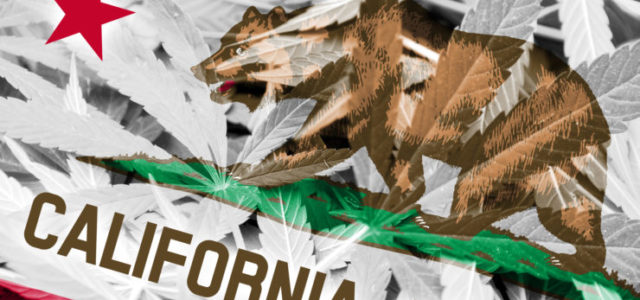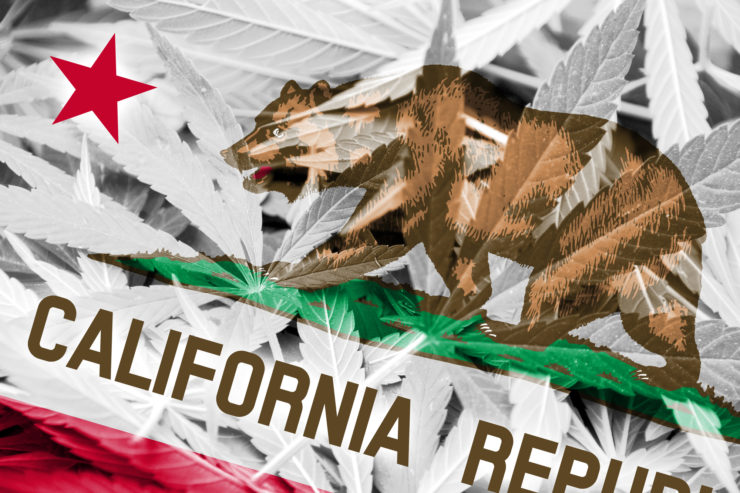

The Agriculture Improvement Act of 2018 (“2018 Farm Bill”) legalized hemp by removing the crop and its derivatives from the definition of marijuana under the Controlled Substances Act (“CSA”) and by providing a detailed framework for the cultivation of hemp. The 2018 Farm Bill gives the US Department of Agriculture (“USDA”) regulatory authority over hemp cultivation at the federal level. In turn, states have the option to maintain primary regulatory authority over the crop cultivated within their borders by submitting a plan to the USDA. This federal and state interplay has resulted in many legislative and regulatory changes at the state level. Indeed, most states have introduced (and adopted) bills that would authorize the commercial production of hemp within their borders. A smaller but growing number of states also regulate the sale of products derived from hemp.
In light of these legislative changes, we are presenting a 50-state series analyzing how each jurisdiction treats hemp-derived cannabidiol (“Hemp-CBD”). Each Sunday we will summarize a new state in alphabetical order. So far, we have covered Alabama, Alaska, Arizona and Arkansas. This week we turn to California.
I personally think that it’s a bit difficult to talk about Hemp-CBD in a vacuum in California, because the laws we have here are much more focused on the actual hemp plant itself. So today, I’m going to talk not only about Hemp-CBD, but also about laws on cultivation and processing.
Hemp Cultivation
Of all the things you can do with hemp in California, cultivation is probably the safest and most “legalized”. It’s had a relatively long and complex history in this state, beginning most significantly in 2013, when California passed Senate Bill 566, the California Industrial Hemp Farming Act (or “CIHFA”). The CIHFA amended CA law to redefine “marijuana” to exclude industrial hemp, and to define industrial hemp. It also added a section to the Food and Agriculture Code that would regulate the production of hemp by established agricultural research institutions (“EARIs”) and commercial cultivators. Even though there was a law allowing commercial cultivation, it didn’t actually take place until many years later.
The next year, the federal Agricultural Act of 2014 (or “2014 Farm Bill”) was passed. As readers of this blog probably know by now, section 7606 of the 2014 Farm Bill allowed the cultivation of hemp for research purposes conducted under an agricultural pilot program or by a research institution, in states where hemp cultivation was legal. California still hasn’t developed an agricultural pilot program, but according to FAQs issued by the California Department of Food and Agriculture (“CDFA”), the pilot program is in the works.
After the 2014 Farm Bill was passed, on June 6, 2014, then-California Attorney General (and current 2020 U.S. presidential runner) Kamala Harris issued opinion 13-1102, which stated “Federal law authorized, and rendered operative, the relevant portions of the California Industrial Hemp Farming Act on February 7, 2014.” Harris’ opinion, however, noted that provisions of the CIHFA were “inoperative to the extent that they apply or pertain to any form of industrial hemp cultivation not authorized by federal law.” In plain English, commercial cultivation was still not allowed.
In 2016, the Control Regulate and Tax Adult Use Of Marijuana Act (or “Prop. 64”) was passed. Prop. 64 formally amended the above California Food & Agriculture Code sections to make the hemp provisions become effective on January 1, 2017. But even that didn’t really happen.
In 2018, commercial cultivation began to become a reality with Senate Bill 1409. SB-1409 (which we have written about here, here, and here) allowed for the commercial cultivation of hemp upon registration with the CDFA and county commissioners, effective January 1, 2019. It was only on April 30, 2019, years after the CIHFA was passed, that the CDFA published information concerning registration with county agricultural commissioners to cultivate hemp.
To date, CDFA has created (1) regulations that deal with cultivation for commercial purposes; (2) regulations that list of approved seed cultivars; (3) emergency testing and sampling regulations; (4) guidelines for county agricultural commissioners to collect certain information from EARI cultivators; and (5) guidelines requiring certain hemp cultivators to obtain nursery stock licenses. More are likely to come, and soon.
What this all means is:
- Pilot Program: We don’t have one here officially yet, but might soon.
- EARIs: CIHFA basically allows EARIs to cultivate hemp with very few restrictions. There are still a lot of unanswered questions, like whether this hemp can be sold for commercial purposes.
- Commercial Cultivation: Commercial hemp cultivators can pay a modest fee to cultivate hemp (provided their local jurisdiction allows it), and are subject to some testing and sampling, as well as other requirements. All in all, commercial cultivators are subject to DRASTICALLY fewer restrictions and regulations than commercial cannabis cultivators in CA (for the record, CA defines “Cannabis” here to exclude hemp, sorry for any confusion). However, because the 2018 Farm Bill hasn’t been fully implemented and the federal government is still relying on the 2014 Farm Bill, commercial cultivation is still in a gray area.
Being California, this is of course about to possibly change. The state is considering passing new legislation (SB-153) that would amend the hemp provisions of the Food and Agriculture Code to be more consistent with the 2014 and 2018 Farm Bills. I plan on writing more on SB-153 in the coming weeks, but for now, here are some highlights:
- SB-153 would contain a new definition of “industrial hemp” that’s sort of different from CA’s current definition in the Health and Safety Code, meaning there will be two definitions of the term;
- The definition of EARI would be restricted much, much further to apply to a much smaller subset of research institutions;
- Permits would be required for all hemp cultivation—including non-commercial cultivation—meaning that some research institutions that currently qualify as EARIs will need to register and comply with CDFA regulations;
- The CDFA will be forced to create and submit a hemp production program to submit to the U.S. Department of Agriculture per section 297B of the 2018 Farm Bill; and
- People who provide false information on their commercial hemp registrations will be barred from participating in CA’s future hemp program.
This is just a brief overview and, again, I plan on writing in detail on SB-153 in the coming weeks. Needless to say, however, SB-153 would clarify a lot for hemp cultivators here given that the 2018 Farm Bill has yet to be implemented and, to date, there hasn’t been much action to get a California hemp production plan going.
Hemp Processing/Manufacture/Testing
The CDFA FAQs say all that needs to be said: “California law does not currently provide any requirements for the manufacturing, processing, or selling of non-food industrial hemp or hemp products.” That said, the California Department of Public Health’s (“CDPH”) Hemp CBD FAQs take the position that Hemp CBD is illegal in basically all foods, beverages, and some other products. Based on this position, the CDPH has apparently been going after manufacturers of Hemp CBD products on the grounds that Hemp CBD “adulterates” foods, under the California Sherman Food, Drug, & Cosmetic Law.
I recently wrote about a new law (AB-228) that if passed, would find conclusively that Hemp-CBD added to foods and other products does not in and of itself adulterate them. The law looks poised to pass, and if it does would do the following:
- Licensed cannabis companies wouldn’t be precluded from being in the hemp business;
- Hemp products that are foods, beverages, or cosmetics would have some minimal labeling requirements;
- Food manufacturers that make hemp products would be required to obtain certain registrations and would need to demonstrate that their hemp comes from a jurisdiction that has an “established and approved industrial hemp program” that meets all federal requirements for the sale and cultivation of hemp;
- The CDPH wouldn’t be able to conclude that foods, beverages, or cosmetics are adulterated just because they contain CBD; and
- Raw hemp products would need to undergo certain lab testing and get certificates of analysis prior to sale.
Hemp-CBD Product Sales
The CDPH’s Hemp CBD FAQs prohibit the sale of Hemp CBD in foods and many other products as noted above. It’s less clear about certain products like flower, oil, and vape cartridges. But we do know what if AB-228 passes, Hemp CBD may be allowed in many kinds of products that the state has, for some reason, tried to ban.
In the near future, we may be dealing with a “legal” and regulated Hemp CBD market in California.
MJ Shareholders
MJShareholders.com is the largest dedicated financial network and leading corporate communications firm serving the legal cannabis industry. Our network aims to connect public marijuana companies with these focused cannabis audiences across the US and Canada that are critical for growth: Short and long term cannabis investors Active funding sources Mainstream media Business leaders Cannabis consumers










